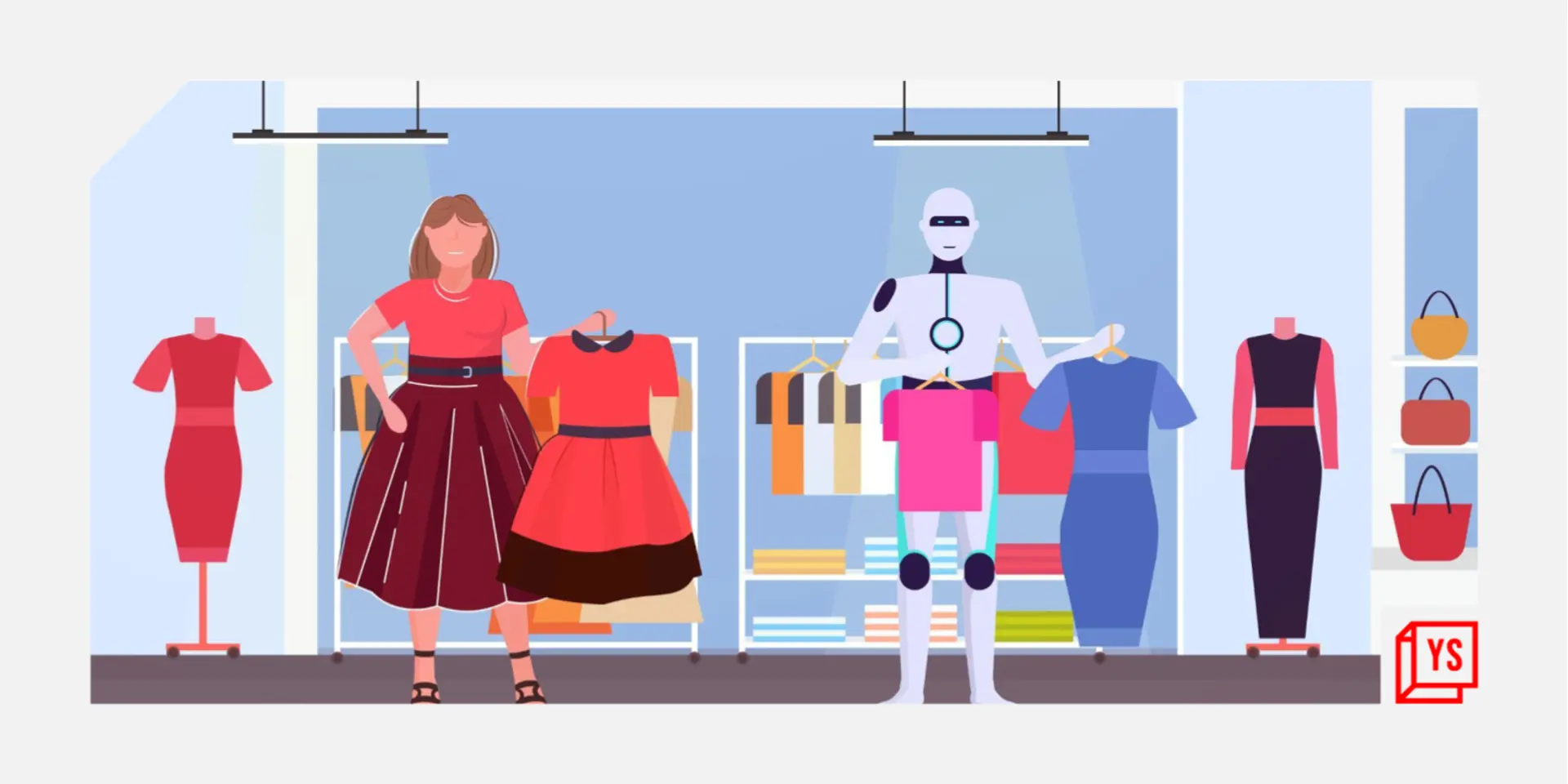Forecasting potential fashion trends with AI
AI is poised to extend its influence in the fashion industry by offering data-driven insights, predictive trend analysis, quality control, inventory management, and technologies like virtual try-ons.
Artificial intelligence (AI) is leaving a Midas touch on every industry. AI is helping industries unlock their hidden potential and reach new heights by making businesses more streamlined.
The fashion industry is a great example of this, where brands and manufacturers are using AI to quickly respond to the changing market dynamics and stay ahead of the curve.
Reports claim that the revenue of India’s apparel industry will grow by $105.50 billion in 2024 and annually by 3.81% (CAGR 2024-2028), and AI will play a major role in achieving this growth.
From design to marketing and sales of products, AI is transforming every aspect of the fashion industry. It is poised to extend its influence in other aspects of the fashion landscape by offering data-driven insights, predictive trend analysis, quality control, inventory management, and technologies like virtual try-ons.
Let’s explore how AI is helping the fashion industry to understand consumer behaviour and trends:
Data-driven trend forecasting
Through data collection and analysis, Brands today can collect data from multiple sources like sales figures, social media trends, runway shows, online searches, movies, etc.
AI algorithms can give valuable insights to manufacturers and brands with effective analysis, like a surge in popularity for specific colours, fabrics, or styles—allowing brands to capitalise on these insights and stay ahead of the competition.
AI algorithms can also predict future demand for certain trends more accurately by considering various factors like past sales data seasonality and external factors like economic conditions.
Design, production, and efficiency
AI technologies can help designers to churn out designs at a faster pace, ensuring timely market entry. Through AI tools and algorithms designers can convert sketches, mood boards, and descriptions into high-quality, 3D designs in less time.
AI algorithms also empower brands with product and design ideation, allowing brands to generate creative options for existing and new designs or inspire future lineups.
On the manufacturing front, AI modules are streamlining the entire design-to-delivery process, allowing brands to explore and experiment with designs that have the potential to get popular with their target audience.
AI also brings accuracy to the production assemblies by reducing the risk of producing defective pieces and poor fabric use and ensures proper checks at every stage, maintaining quality manufacturing.
Smart ERP solutions
Implementing AI with ERP solutions can help companies boost operations, manage inventory in real-time, and enhance productivity. ERP systems integrate various business processes to give better visibility of end-to-end operations.
AI will allow seamless data exchange and give better insights to enhance decision-making. In the fashion industry, AI-powered ERP systems can assist in better demand planning, enhanced material sourcing and utilisation, and effective inventory management. These features are customised to address the distinctive and rapidly changing requirements of apparel manufacturing and distribution.

Adapting to social media trends
Social media has become the nucleus of the fashion industry today, where consumers decide which trends will catch on or fade away. Here, advanced AI platforms—with smart image recognition—can analyse social media images to identify different trends and patterns in clothing and accessories.
This way, brands can spot new design collections or even gauge the value of current designs that resonate well with audiences. With this, AI gives enough time for brands to stay ahead of the trends and find more sustainable options for production without losing time.
Enhancing customer experience
AI also excels in understanding individual consumer behaviour. With data from past purchases and buying preferences, AI can identify individual buying patterns and suggest customers the right product, giving more chances for conversion.
Further, features like incorporating AI into virtual try-ons and fittings also allow fashion brands to create an engaging and immersive online shopping experience. This approach helps customers make better-informed purchase decisions, reducing the likelihood of returns.
Looking ahead, AI is undeniably transforming the fashion industry by providing brands with the tools to forecast trends accurately, manage inventory efficiently, and offer personalised consumer experiences.
However, fashion is still a creative field, and it’s crucial to strike a balance between leveraging AI and maintaining human intelligence for creativity and innovation. The key lies in recognising its transformative impact and creating relevant and efficient conditions that enable AI and human intelligence to thrive.
Ankit Jaipuria is the Co-founder of ZYOD.
Edited by Suman Singh
(Disclaimer: The views and opinions expressed in this article are those of the author and do not necessarily reflect the views of YourStory.)








